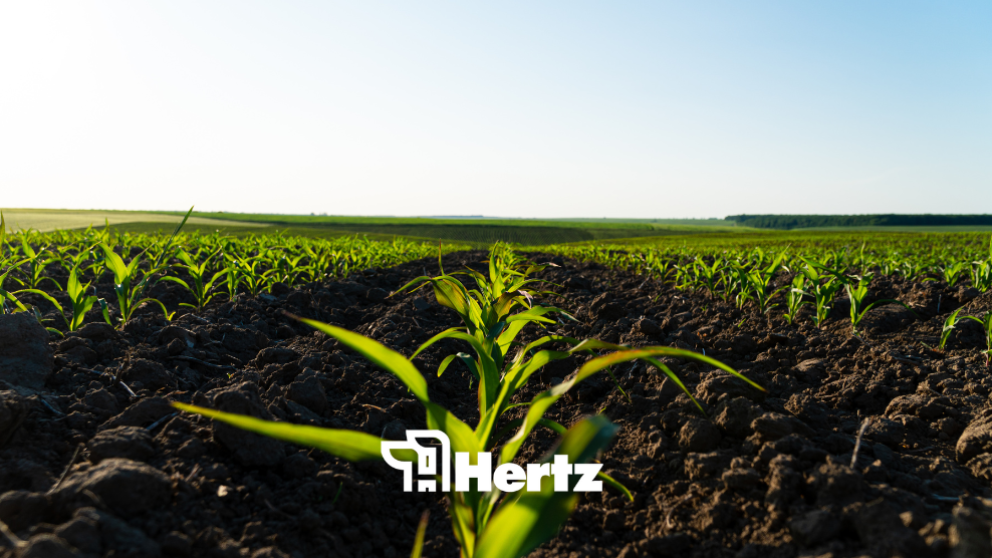Corn Stands


Your shadow and boot prints are the best things to see in your field.
University of Nebraska Extension has research showing that corn yield significantly declines when planting is delayed beyond May 10th. Mother Nature wins, folks. Rain should be a blessing even if it keeps us out of the field before May 10th—we don’t want to be planting too late, though. Excessive moisture, field drainage, re-plant decisions, and “prevent plant” crop insurance are discussions for another time. Environmental conditions, not the calendar, determine ideal planting dates. Rainfall in July can still make a crop even if planted later than ideal.
As seedlings emerge, the newly growing crop is called a stand. Planting conditions, pests, diseases, soil movement, and environmental conditions can all impact stands. At a minimum, we want good enough stands to avoid replanting. Great stands begin with soil management and planting conditions.
Let's look ahead to July. When corn has developed ears, notice the placement of the ear on each plant. Every ear should be at the same level. Suppose the ear placement throughout the crop resembles an "M" shape. In that case, it means we had uneven emergence in May.
Uniform or "even" emergence occurs when each plant emerges from the ground simultaneously. We want every plant to have an equal opportunity to produce the best ear possible. Each plant should come up within a 12 to 36-hour window for an equal chance at sunlight and root development. The tighter the window, the better.
When you have a plant that comes up a couple of days later, the late arrival won't be able to compete for nutrients and sunlight. The tardy plant will grow smaller and weaker and produce either a smaller ear or no ear at all. In addition to late-emerging plants, we may see doubles and skips throughout the stand.
With doubles, two plants grow in the same spot. One of those plants will act like a weed to the other. Skips hurt yield more than doubles because there is no ear to harvest where you have a skip. The key is understanding why the skip happened. Bugs? Planter issues? Poor germination? Some skips happen naturally. Not every seed is going to germinate. We don't live in a perfect world.
The greater the uniformity within the stand, the greater our chance of achieving our yield goals.
So, how do we work towards uniform stands? It starts with soil management. Consistent soil moisture throughout the field is critical. According to Neal Kinsey, author of the book “Hands-On Agronomy”, manganese levels in the soil also help with emergence.
The ideal planting depth for corn seed is 2 inches below the soil surface. A seed planted deeper than its neighbor will likely come out of the ground later, which is not what we want. Even if planted at the same depth, each seed might have a different amount of moisture available. Soil types, tillage practices, and weather patterns can create uneven soil moisture, particularly on dryland farms.
Inconsistency in soil moisture can delay the emergence of seeds sitting in dry soil. Seeds with adequate moisture will emerge first, giving those plants a head start. Good planting conditions on dryland farms might result in 80% (hopefully more) of the planted seeds emerging. Given poor planting conditions, only 50% of the planted seeds may emerge from the ground.
Under an irrigation pivot, farmers can apply irrigation water evenly across a newly planted field. On an irrigated farm planted to 34,000 corn seeds per acre, a good stand might result in 32,000 plants (hopefully more) per acre. An equal water application across a newly planted field is a significant advantage to producing uniform stands.
There are many factors involved when it comes to crop stands. We don't live in a perfect world. There is a lot that is out of our control. Still, we can manage certain factors to put ourselves in the best position to succeed. Learning how to manage variability is something to consider.
Seeing your shadow and boot prints in the field means you are in the field - the best place to learn during the growing season.





